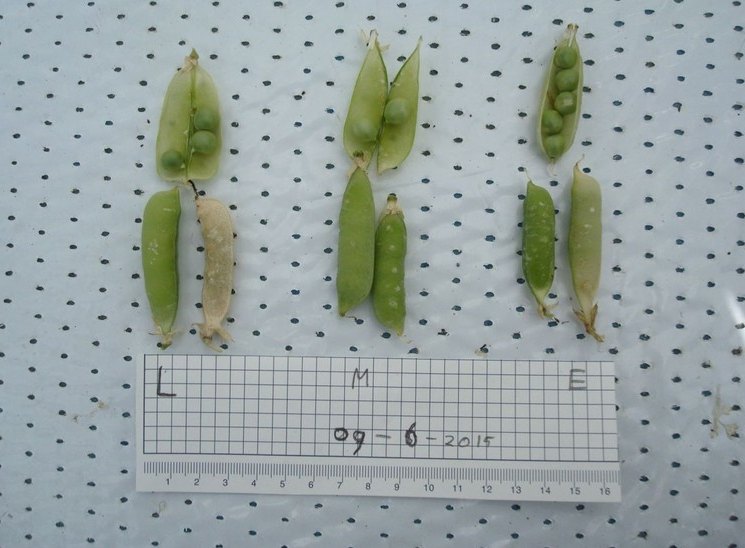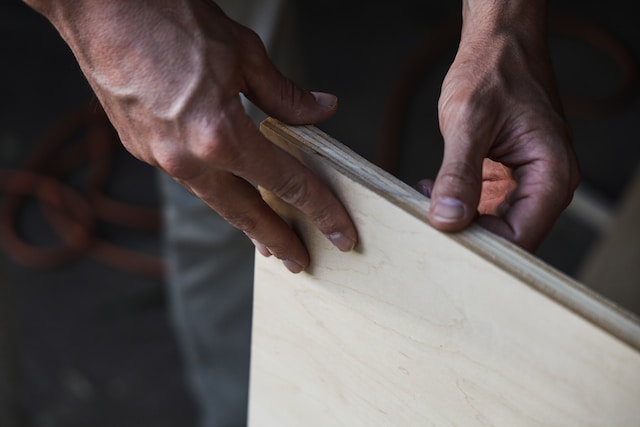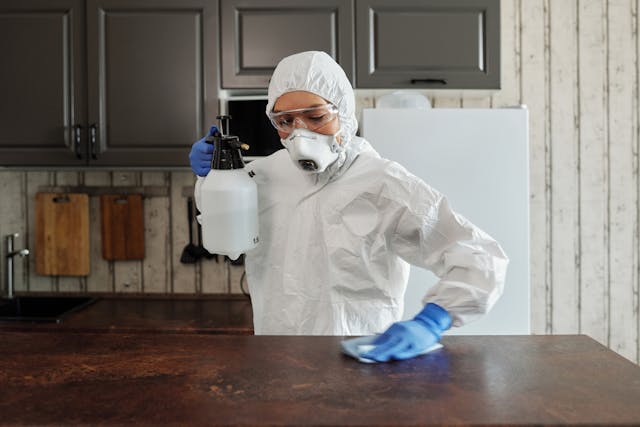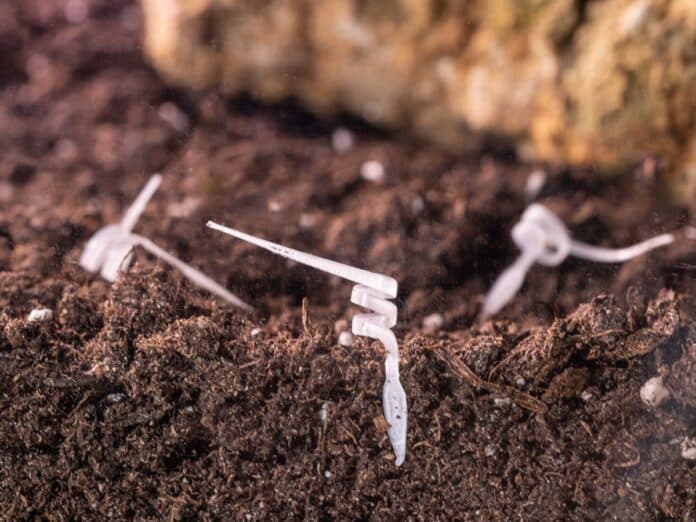Researchers have continued their experimentation regarding the growth of plants and organic food in soil extracted from outer space. The first experiment showed some promise, but not the best results.
However, the second experiment revealed some very surprising results. The crops grown in Mars and moon soil simulant were a success. Scientists from the Netherlands have been successful in growing at least ten varieties of crops in the soils, such as tomatoes, peas, garden rocket, radish, rye and garden cress. According to the team of researchers from the Wageningen University & Research Centre in the Netherlands, the biomass of the Mars soil simulant is similar to the soil on earth. One of the primary researchers, Dr. Wieger Wamelink, said in a statement, “The total above ground biomass produced on the Mars soil simulant was not significantly different from the potting compost we used as a control.”
Although the team of scientists has been successful in growing crops, they didn’t eat these edible plants. To explain their decision, Wamelink said in a statement, “The soils contain heavy metals like lead, arsenic and mercury and also a lot of iron. If the components become available for the plants, they may be taken up and find their way into the fruits, making them poisonous. Further research on this is necessary and that is one of the reasons why a crowdfunding campaign has been started to finance the third experiment that will be all about food safety. The experiment should start in April 2016 with the growth of a new batch of crops including potatoes and beans. If the crops prove to be safe enough to eat, the funders will be invited for dinner where a ‘Martian meal’ will be served that includes the harvested crops; at least for those who dare.”
Referencing his past experiment, Wamelink explained that the first experiment failed due to the composition of the soil and that since then, some significant changes to the moon soil simulant have been made.
He explained in a statement, “We used trays instead of small pots and added organic material (fresh cut grass) to the Mars and moon soil simulant. This solved the problem we had with watering in the first experiment and also added manure to the soils.” This modification to the soil composition yielded a favorable result and showed improvement. In the previous experiment, most of the plants died before they began to yield fruit, but in the next round of experiments, with an improved soil composition, the plants flourished. Now, the team of scientists is thinking about using the same soil simulant to harvest different plant species from the Mars soil simulant, by combing it with earth’s potting compost control.
Wamelink and his team were greatly surprised by the potential of such a discovery, and commented, “That was a real surprise to us. It shows that the Mars soil simulant has great potential when properly prepared and watered. The biomass growth on the moon soil simulant was less than on both other soils, about half of the biomass. Only the spinach showed poor biomass production.”
The experimentation began in April 2015 and the crop was harvested in October 2015. The plants were harvested in a glass house under controlled humidity, temperature, and lighting conditions because the researchers are aiming to create a simulation of a Mars environment where the crops would be housed in underground areas so that they can be protected from the radiation of the sun.







